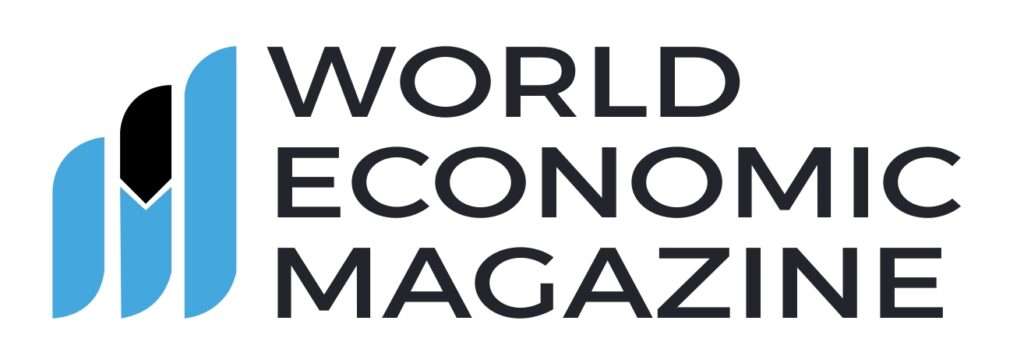
Crypto Payments: A New Frontier for U.S. Banks, Says Bank of America CEO
The financial industry has shown a growing interest in cryptocurrency payments, yet its full integration into the banking sector remains limited. Bank of America CEO Brian Moynihan, speaking at the World Economic Forum in Davos, Switzerland, highlighted a pivotal turning point: U.S. banks are ready to embrace cryptocurrencies for payments if regulators pave the way. This statement sheds light on the cautious yet opportunistic stance of traditional financial institutions regarding digital currencies.
Regulation as the Key to Crypto Adoption in Banking
Brian Moynihan emphasized that regulatory clarity would be the decisive factor for banks to adopt cryptocurrencies for transactional purposes. “If the rules come in and make it a real thing that you can actually do business with, you’ll find that the banking system will come in hard on the transactional side of it,” Moynihan stated.
Currently, American banks have been reluctant to allow customers to use crypto for retail payments. While some institutions participate in institutional trading and wealth management involving Bitcoin ETFs, cryptocurrencies are yet to be a standard payment option. Moynihan’s remarks suggest that a robust regulatory framework could transform this scenario, making this digital currency as ubiquitous as Visa, Mastercard, or Apple Pay.
The Industry’s Dual Perspective
Despite the potential for cryptocurrencies to revolutionize payment systems, skepticism remains widespread among banking leaders. Figures like JPMorgan Chase CEO Jamie Dimon have been vocal critics, often associating Bitcoin and other digital currencies with criminal activities and fraud. This skepticism has contributed to the slow adoption of crypto in retail transactions within the U.S. banking sector.
However, Moynihan’s remarks indicate a willingness to adapt if regulations align with industry expectations. He acknowledged that currencies could simply become another payment method in the broader financial ecosystem. “If you go down the street here and buy lunch, if you can pay with Visa, Mastercard, a debit card, or Apple Pay, this would just be another form of payment,” he explained.
Bank of America’s Preparedness for Blockchain Integration
Bank of America has been quietly preparing for the blockchain revolution, amassing hundreds of patents related to the technology. Moynihan revealed the bank’s readiness to enter the crypto payments space once the regulatory landscape is favorable. This proactive approach underscores the institution’s commitment to innovation while adhering to existing legal frameworks.
While the CEO refrained from commenting on currencies as an investment or store of value, he distinguished these aspects from their utility in payments. This strategic separation highlights Bank of America’s focus on the transactional potential of digital currencies rather than their speculative nature.
Global Trends in Crypto Payments
The U.S. banking industry’s cautious approach contrasts with developments in other parts of the world. Countries like El Salvador and the Central African Republic have already adopted Bitcoin as legal tender, signaling a broader acceptance of digital currencies in some regions.
In contrast, U.S. banks have primarily engaged with crypto through institutional products like Bitcoin ETFs. This cautious stance stems from concerns about regulatory uncertainty, potential misuse of cryptocurrencies, and the volatility of digital assets. However, Moynihan’s comments suggest that once these challenges are addressed, the U.S. banking sector could witness a swift and comprehensive adoption of crypto payments.
The Road Ahead: Challenges and Opportunities
The potential integration of cryptocurrencies into the U.S. banking system is not without hurdles. Regulatory uncertainty remains the most significant barrier, with lawmakers and financial regulators struggling to define clear guidelines for the crypto market. Additionally, concerns about cybersecurity, fraud, and the environmental impact of blockchain technology must be addressed.
Despite these challenges, the opportunities are immense. Cryptocurrencies offer faster transaction speeds, lower costs, and increased financial inclusion, particularly for underserved populations. For banks, embracing crypto payments could open new revenue streams and enhance their competitiveness in an increasingly digital economy.
Key Takeaways for the Financial Sector
| Aspect | Current Scenario | Future Potential |
| Regulation | Unclear guidelines hinder widespread adoption | Clear regulations could enable seamless integration |
| Retail Payments | Limited use for day-to-day transactions | Could become as common as traditional payment methods |
| Institutional Involvement | Focus on Bitcoin ETFs and wealth management products | Expansion into retail and transactional applications |
| Skepticism | Concerns about fraud and volatility | Trust-building measures through regulatory oversight |
| Blockchain Readiness | Hundreds of patents filed by Bank of America | Prepared for rapid deployment once regulations allow |
Brian Moynihan’s insights at Davos highlight a pivotal moment for the financial industry. While the U.S. banking sector remains cautious, its readiness to embrace crypto payments is evident. Regulatory clarity will be the linchpin for this transformation, allowing banks to unlock the full potential of blockchain technology and cryptocurrencies.
As the world moves toward a digital-first economy, the integration of crypto payments could redefine financial transactions, offering a glimpse into a more inclusive and efficient future. For now, the financial industry waits for the green light from regulators to fully enter this promising new frontier.






